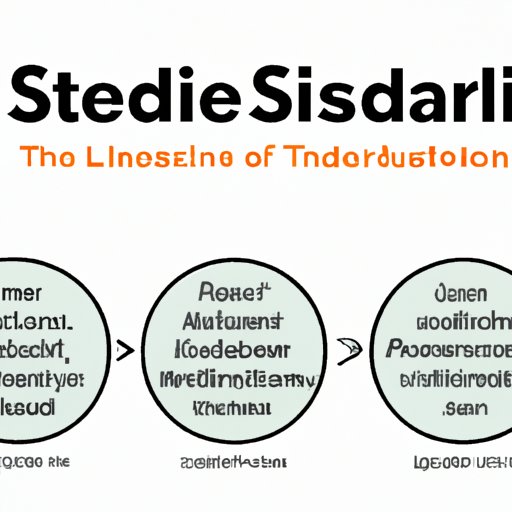
Exploring the Power of Situational Leadership
Leadership is often viewed as a one-size-fits-all approach, with many leaders sticking to a specific style no matter what the situation calls for. Yet in reality, the most effective leaders are those who can adapt their leadership style based on the needs of their team and the situation at hand. This is where situational leadership comes in. In this article, we will explore the basics of situational leadership, how it can improve team performance, its key principles, and how to apply it in real-world scenarios.

The Basics of Situational Leadership: Understanding the Four Styles
Situational leadership involves the use of different leadership styles based on the needs of the team and situation. These styles include:
- Directing: This style is best used when team members are inexperienced and require direction and guidance.
- Coaching: This style is best used when team members have some experience but lack confidence and need support and guidance.
- Supporting: This style is best used when team members have experience and skills, but lack confidence and need encouragement and affirmation.
- Delegating: This style is best used when team members are experienced and skilled, and require little supervision or guidance.
It is important to note that these styles are not fixed, and a leader may need to switch between them depending on the situation.
How Situational Leadership Can Improve Your Team’s Performance
Situational leadership can have a positive impact on team performance in several ways. Firstly, it allows leaders to adapt their leadership style to the needs of the team. This can lead to improved communication, collaboration, and productivity. Secondly, it helps team members feel supported and valued as their individual needs are met. This can lead to improved morale and engagement. Ultimately, situational leadership can lead to improved performance and results for the organization as a whole.
Adapting Your Leadership Style to Situational Demands
Adapting your leadership style to different situations is key to effective leadership. To determine the appropriate leadership style for a given situation, you must consider the level of development of your team members and the task at hand. The leader should also take into account their own strengths and weaknesses as a leader, as well as the organizational culture and values. In general, the more skilled and experienced team members are, the less direction and guidance they will require, and the more autonomy they will be given.
For example, if a team member is new to a task and lacks experience, a directing leadership style may be appropriate. Alternatively, if a team member is experienced but lacks confidence, a coaching leadership style may be more effective.
Exploring the Key Principles of Situational Leadership
The key principles of situational leadership include:
- Flexibility: The ability to adapt your leadership style to different situations and team member needs.
- Trust: Building trust with team members by showing support and interest in their development.
- Communication: Clear and open communication with team members is essential.
- Clarity: Clear expectations and goals help team members understand their role and responsibilities.
- Accountability: Holding team members accountable for their actions is important for maintaining standards.
These principles should be applied when adapting your leadership style to different situations and team member needs, in order to ensure that team members feel valued and supported.
Maximizing Your Organizational Results with Situational Leadership
Situational leadership can have a positive impact on organizational results in several ways. Firstly, it can improve employee engagement and retention, as team members feel supported and valued. This can lead to reduced turnover and increased productivity. Secondly, situational leadership can impact the bottom line by improving performance and results.
How to Apply Situational Leadership to Real World Scenarios
Applying situational leadership to real-world scenarios requires a combination of knowledge, experience, and intuition. To identify the appropriate leadership style for different situations, leaders should consider the development level of the team member, the nature of the task, and the specific needs of the team member.
For example, if a team member is skilled but lacks confidence, a coaching style may be most appropriate. Alternatively, if a team member is experienced and confident, a delegating style may be effective. It is also important to communicate clearly with team members about expectations and goals, and to provide feedback and support throughout the process.
Discovering the Power of Situational Leadership: A Guide for Managers
Managers can use situational leadership to improve their leadership skills by following key principles such as flexibility, trust, communication, clarity and accountability. Implementing these principles in a management role can improve communication, collaboration, and productivity, leading to improved results and outcomes for the organization and for team members.
Conclusion
In conclusion, situational leadership is a powerful tool that can improve team performance and organizational results. By understanding the basics of situational leadership, adapting your leadership style to situational demands, and following key principles, leaders can effectively apply situational leadership in real-world scenarios. By doing so, they can improve communication, collaboration, morale, and productivity for their teams, ultimately leading to improved results and outcomes.





